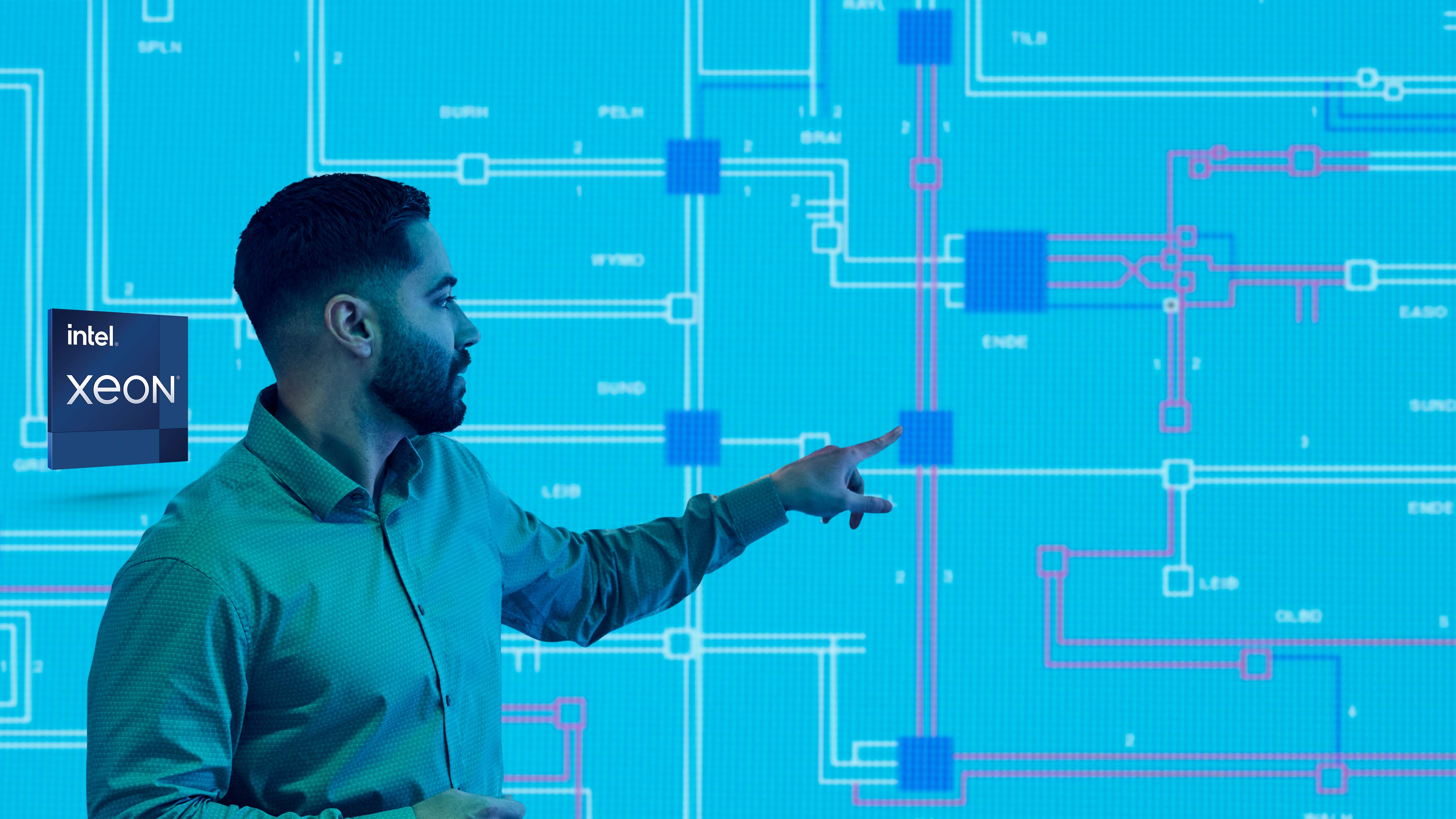Brassmonke
New member
During last nights conference call for Q4 earnings Jensen stated that there were two fundamental changes in compute. Obviously one of those changes was Generative AI but his second pivotal change, according to Jensen, was that compute has now moved from General to Accelerated computing. Throughout the call he continued to indicate that general compute was dead and that accelerated compute was the only way forwards and it felt as if he was saying that Moore's Law applied to General Compute (CPU driven compute) but not Accelerated or GPU compute. What is the communities read through on this? Part of the reason I ask is that the statement is self serving so I can't take Jensen's comment without a degree of skepticism. Is this a roundabout way of excusing Grace CPU performance?
The second and somewhat unrelated question is in regards to his comments around AI Enterprise, already at $1 billion run rate. We know that MSFT is now delivering oracle database services on oracle cloud hosted in MSFT Azure, the only non ORCL infrastructure to do so. Jensen said, in his commentary that there are a multitude of cloud service providers that are not the megacap names and, therefore, do not have their own engineering teams that would be able to enhance, maintain, patch their software for compatibility with the broad NVDA AI ecosystem. How accurate is this claim? Do you believe that may lead some cloud service providers to look towards alternatives to NVDA hosted enterprise in a similar fashion as ORCL has or am I way off base here? Would they even want to?
The second and somewhat unrelated question is in regards to his comments around AI Enterprise, already at $1 billion run rate. We know that MSFT is now delivering oracle database services on oracle cloud hosted in MSFT Azure, the only non ORCL infrastructure to do so. Jensen said, in his commentary that there are a multitude of cloud service providers that are not the megacap names and, therefore, do not have their own engineering teams that would be able to enhance, maintain, patch their software for compatibility with the broad NVDA AI ecosystem. How accurate is this claim? Do you believe that may lead some cloud service providers to look towards alternatives to NVDA hosted enterprise in a similar fashion as ORCL has or am I way off base here? Would they even want to?

